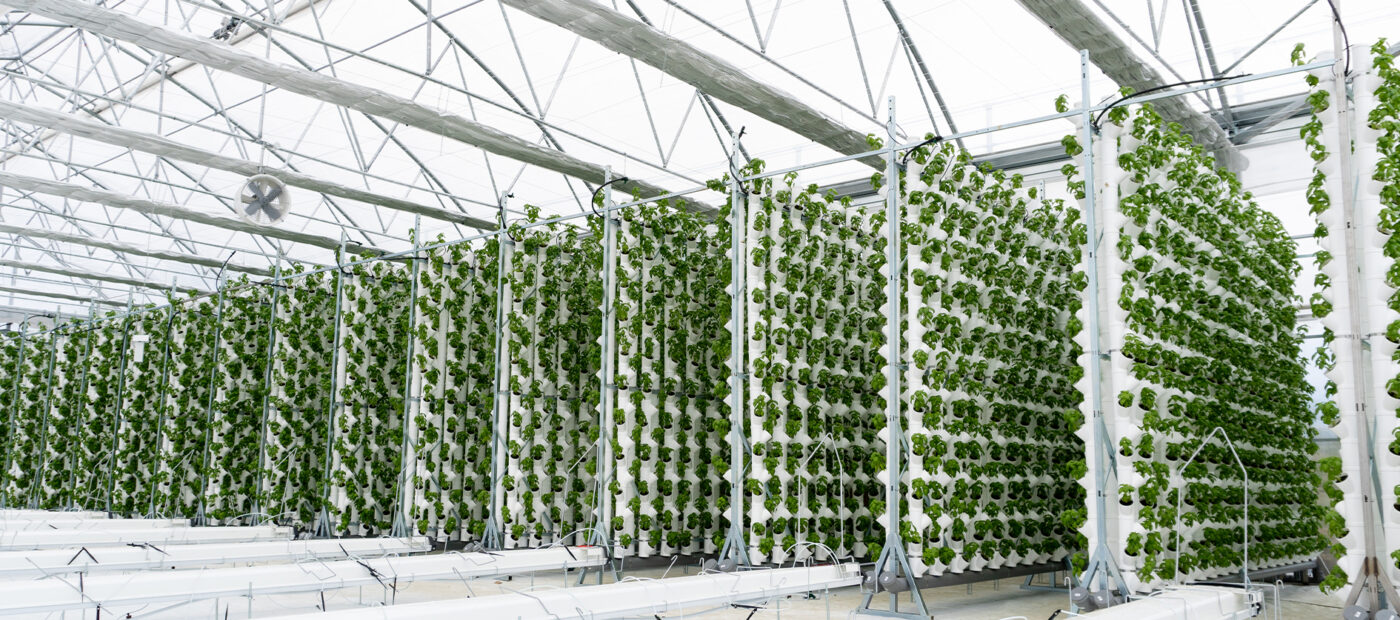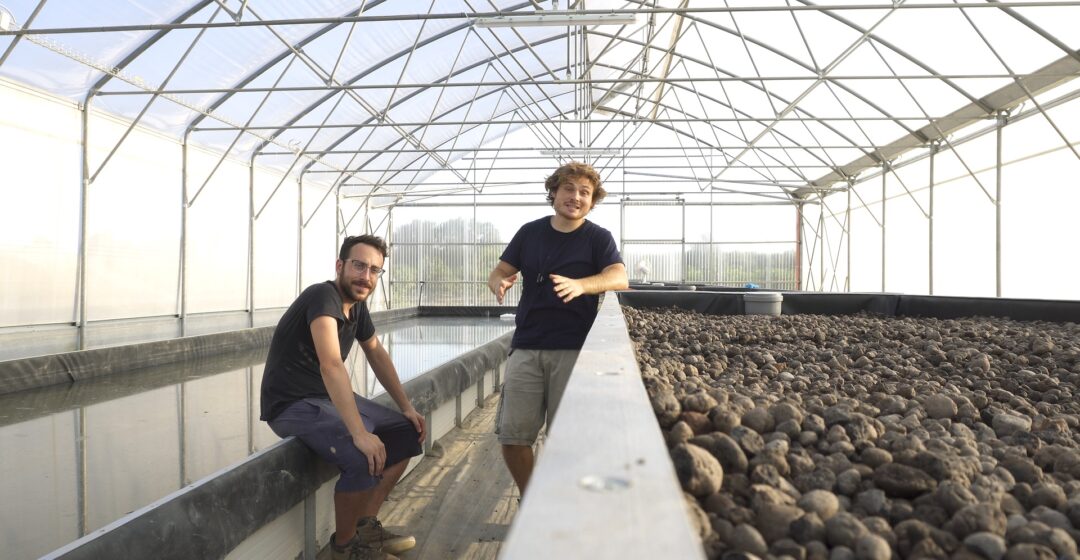In a hydroponic culture, the roots of the plants are usually immersed directly into a solution composed of water, salts, minerals, and other microelements.
These solutions are made either through industrial synthesis processes or the extraction and subsequent refinement of rocks, such as phosphate rocks.
In hydroponic cultivation, there is no soil; instead, there is only a root anchoring substrate, mostly composed of expanded clay, zeolite, rock wool, and coconut fiber.
Thanks to the implementation of vertical farming systems, hydroponic agriculture allows for an astounding 90% water saving and massive production even with an extremely reduced space.
How to realize a homemade hydroponic system and how much it costs
Realizing a homemade hydroponic system is incredibly easy. Here is a playlist of videos explaining how to do it.
The cost might vary between a few hundred and a few thousand euros depending on the size of the system and its level of automation.
A vertical hydroponic system consists of two main elements: the fertigation system and the cultivation system. Regardless of size, a mixing tank is essential, and we recommend choosing one that has a capacity of 50 liters at least. Here, you will place the pump that powers the cultivation system, which, in turn, discharges excess water back into the main tank.
In hydroponic agriculture, it is crucial to monitor the pH and EC (electrical conductivity) values of the circulating nutrient solution. In order to do this, it is necessary to use specific probes or automated fertigation systems depending on the level of automation you wish to implement in the setup
Which plants to choose
We all dream of a lush and productive hydroponic garden, but it is first necessary to closely assess the most suitable cultivation system. Hydroponics allows for the cultivation of a great variety of plants, which can be divided into two categories: leafy vegetables and those producing fruits.
We suggest growing plants like lettuce, herbs, and strawberries in hydroponic vertical systems (like DWT Deep Water Tower). Whereas for the production of vegetables such as tomatoes, zucchini, and peppers, it is preferable to use the grow bed cultivation system, which can host plants with big root systems and long-cycle cultivation.




